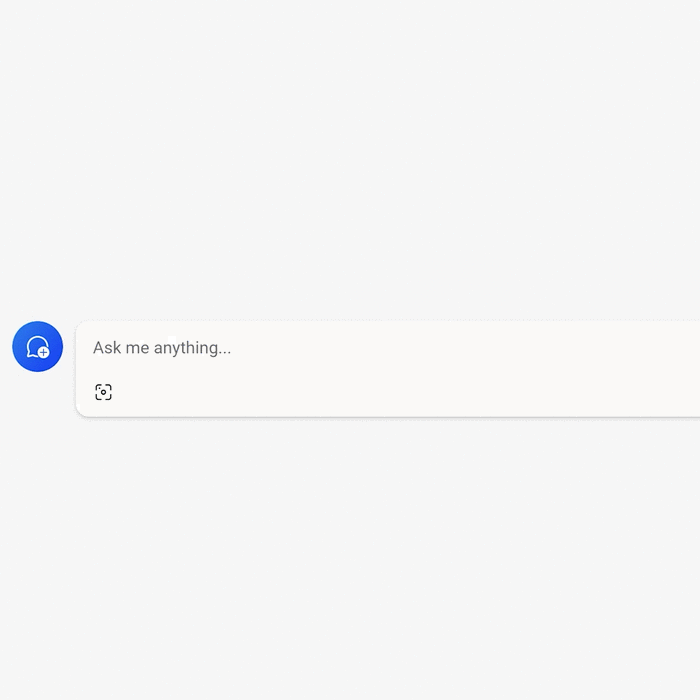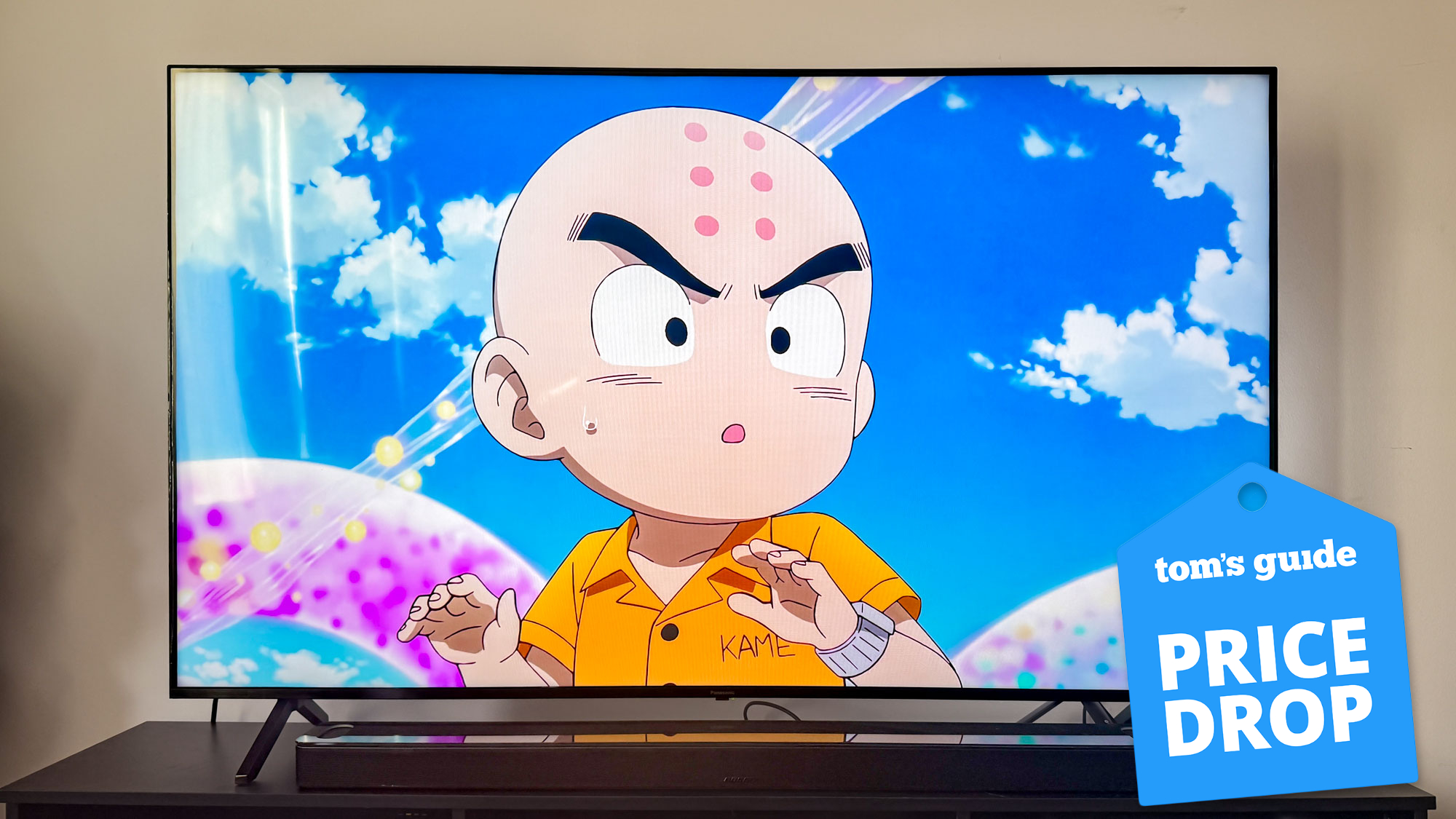Microsoft Copilot AI now lets you create your own music — here’s how it works

Ever wanted to make your own songs, but didn't know how to start? Microsoft now lets you create music from a simple text prompt to its Copilot AI. The partnership with Suno includes creating lyrics and a backing track in any style.
The musical addition to Copilot is available through plug-ins and is being gradually rolled out to all users over the coming weeks. So if you don’t see it today, try again soon.
Unlike other music creation tools, like the Google MusicFX experiment I tried last week, Suno can generate a complete song with music and lyrics from a simple text prompt. Here's how it works.
How do you make music in Copilot?

Copilot users can get access to Suno by going to the Microsoft Copilot website, logging in with a personal Microsoft account and enabling the Suno plug-in. The plug-in menu should appear in the top right of the screen, just look for the logo that says Make music with Suno.
Once enabled its just a case of letting your imagination run wild. Enter a text prompt in much the same way you would for any other interaction with Copilot and then wait for it to make the magic happen.
It will send your request out to the Suno app and come back with a song title, lyrics and a play button where you can listen to the creation.
How do Suno songs sound?
There is still a degree of artificiality about the vocals. You can hear the digital effects underlying the voice. But synthetic voice technology is improving all the time and that likely won’t be an issue in future versions.
Get instant access to breaking news, the hottest reviews, great deals and helpful tips.
The music isn’t as good as that generated by MusicFX, as in it feels more like a generated backing track than a crafted piece of art, but it does provide a complete song and you can remix, adapt the lyrics and even change the style completely.
If you don’t have access to Suno through Copilot yet and don’t want to wait you can access it by going to the Suno website. You get 50 free credits when you sign-up but it takes 10 credits per song generation or remix — so you may want to wait for Copilot which will be free.
Why do we need AI music?
Microsoft said in a blog post: “We believe that this partnership will open new horizons for creativity and fun, making music creation accessible to everyone.”
This is a sentiment likely shared by other big tech companies and startups. Google is investing heavily in generative music and it goes beyond the MusicFX experiment.
The company has launched DreamTrack in YouTube which lets you create backing music for Shorts in the style of real-life artists like John Legend and Charlie Puth.
Meta is working on a range of AI-music experiments and research projects. If these follow the same path as Meta's image and video projects they could soon be integrated into Facebook, WhatsApp and Instagram.
What about the real musicians?
The issue is how to balance the ability of AI to create a song from nothing, with the right of artists and musicians to have their talent and creativity protected.
Suno, the tool that powers music creation in Copilot, won’t let you create a song in the style of an existing artist. You can’t just say “make a Christmas song that sounds like Mariah Carey or Michael Buble”. You can say make it in the style of a diva or crooner.
I think over time, like we’re seeing with generative image and video technology, the music industry will adapt and even adopt generative AI music tools as a way to enhance or speed up the creation process. A quick “try it out” before recording for real.
More from Tom's Guide
- 3 Microsoft PowerToys I install on every new PC—and you should too
- Microsoft is fixing one of the things I hate most about Windows 11
- These AI-generated YouTube tutorials are spreading dangerous malware

Ryan Morrison, a stalwart in the realm of tech journalism, possesses a sterling track record that spans over two decades, though he'd much rather let his insightful articles on AI and technology speak for him than engage in this self-aggrandising exercise. As the former AI Editor for Tom's Guide, Ryan wields his vast industry experience with a mix of scepticism and enthusiasm, unpacking the complexities of AI in a way that could almost make you forget about the impending robot takeover.
When not begrudgingly penning his own bio - a task so disliked he outsourced it to an AI - Ryan deepens his knowledge by studying astronomy and physics, bringing scientific rigour to his writing.
